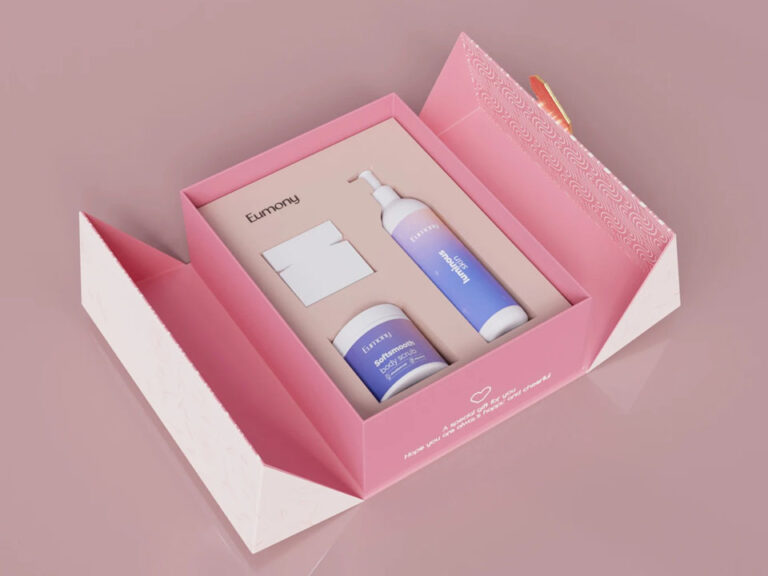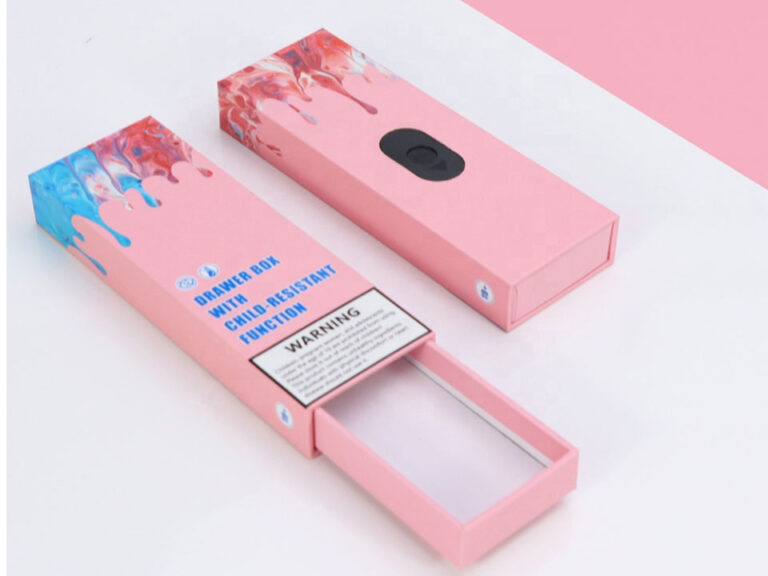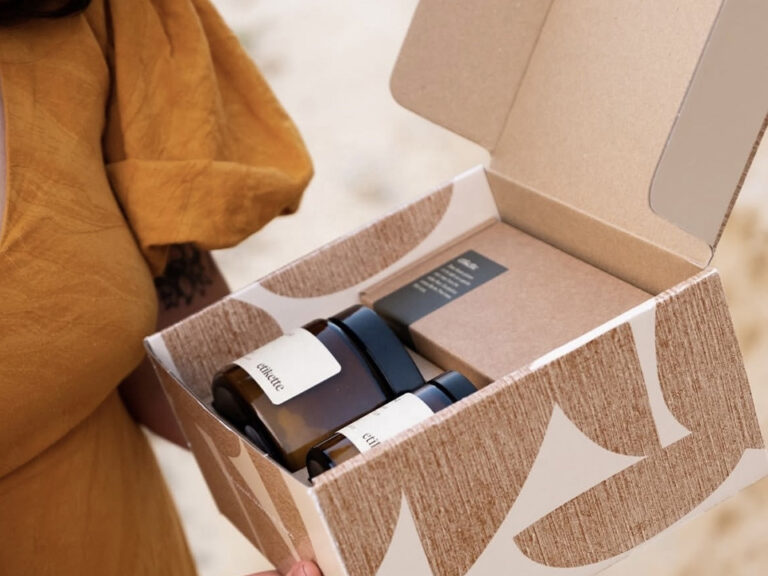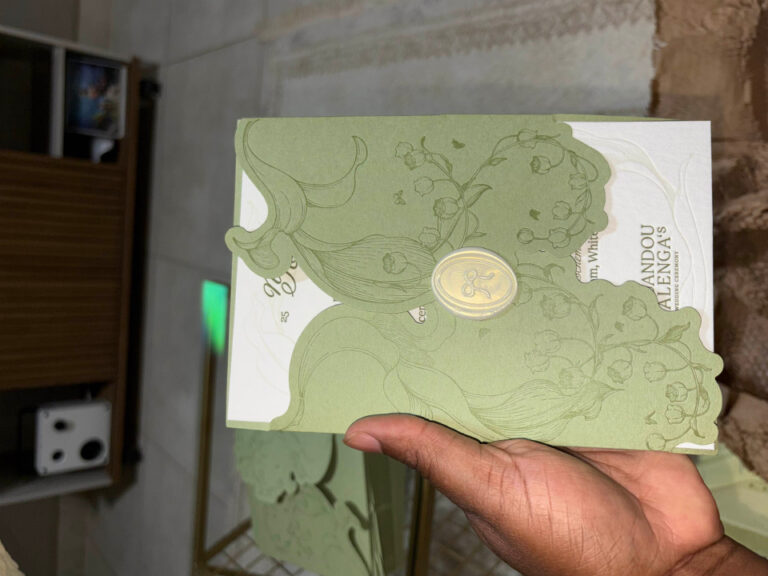8 manieren waarop digitaal afdrukken het aanpassen van verpakkingen revolutioneert
Samenvatting
Digital printing didn’t just speed up packaging—it rewired how brands design, test, and personalize at scale. From color science you can trust across screens and substrates to interactive triggers that turn a box into a content gateway, the digital toolkit makes customization practical, measurable, and sustainable. Below are eight concrete ways teams are using it to move from endless revisions to fast, data-driven decisions—without sacrificing quality or planet goals.
Inhoudsopgave
1. Intelligent color management: from visual calibration to cross-media consistency
Color stops being a guessing game when profiles, device characterization, and RIP settings align. Modern digital presses pair spectral measurement with ICC workflows, so your lipstick red stays consistent across folding cartons, rigid boxes, and corrugate mailers.
- Establish a master brand palette with device-independent Lab values.
- Convert once, then apply calibrated output intents for each substrate and coating.
- Validate with on-press inline spectrophotometers to reduce subjective sign-offs.
Put it into practice on premium categories like cosmeticadozen en parfumdoosjes where color drift is most visible. When you expand into retail mailers, route the same palette to bedrukte golfkartonnen dozen to keep shelf and shipping touchpoints aligned.
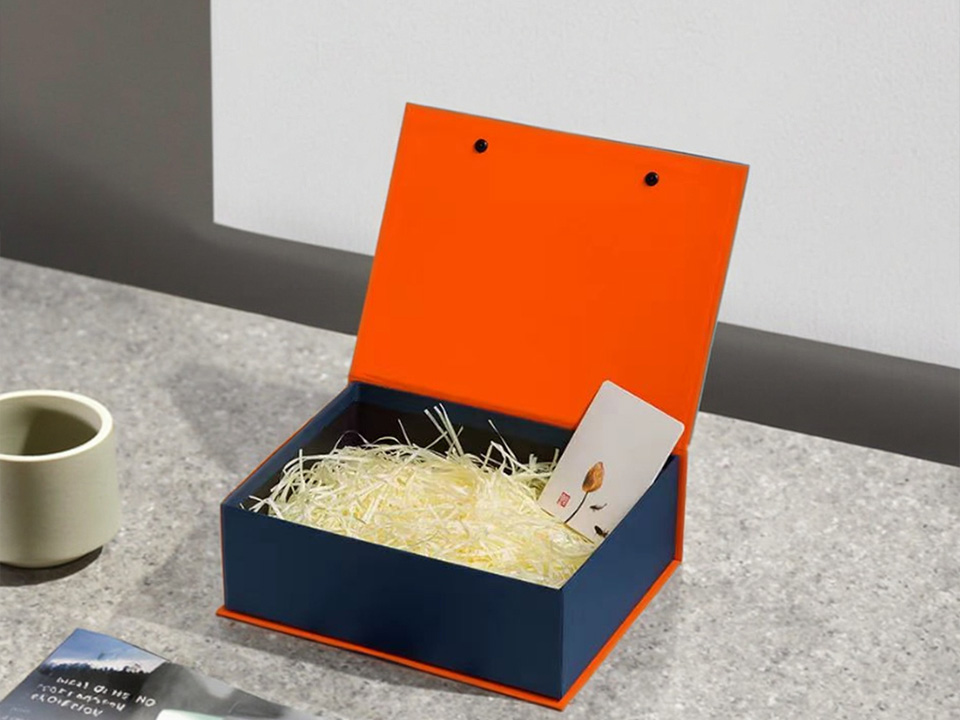
2. Full-process digitization: 7-step proofing link efficiency revolution
Legacy proofing chains stack time at every handoff. A digital-first loop compresses seven common checkpoints—brief, dieline, preflight, color target, prototype, stakeholder review, and production sign-off—into a trackable, parallel flow.
- Parametric dielines and preflight rules catch issues before ink hits paper.
- One-to-one prototypes run on the same engine as the final job, so proofs match production.
- Stakeholders annotate directly on high-res soft proofs tied to version control.
Brands use this to spin testable variants for vouwdozen and high-touch papieren geschenkdozen in days, not weeks.

3. Material innovation and adaptation: technological breakthroughs that break through media limitations
Digital inks, primers, and smart coatings now anchor to tricky stocks—soft-touch papers, metallized boards, and food-grade liners—without muddiness or cracking at folds. Engineers tune droplet size, curing energy, and laydown to keep fine text sharp and gradients smooth.
- Primers boost adhesion for uncoated kraft and textured papers.
- Low-migration ink sets support indirect food contact when specified correctly.
- Variable white and opaque layers unlock vivid print on tinted or holographic bases.
These advances open creative lanes for holografische geschenkdozen and sturdy verpakking van papieren buizen without compromising print fidelity.

4. Cost control breakthrough: economic reconstruction of small batch customization
Short and segmented runs finally make sense. Instead of overproducing a single SKU, you print only what each channel, season, or micro-audience needs.
- Versioning becomes a line item, not a new tooling project.
- Localized copy and limited editions share one consolidated print plan.
- Inventory risk drops because you replenish on demand with accurate forecasts.
This is why DTC launches and pilot programs increasingly start with digital for kledingdozen and giftable sets, then scale intelligently.

5. Sustainable production closed loop: from green commitment to visible carbon footprint
Digital print eliminates plates and washes, trims waste through exact quantities, and enables lighter substrates without sacrificing coverage. The result is fewer obsolete cartons and a clearer route to measurable footprint reduction.
- Print what sells, not what fills a warehouse.
- Re-plate-free artwork updates prevent scrap from regulatory or formula changes.
- Design for reuse and recovery using mono-material boards and responsible laminations.
Leverage these gains in sustainability-sensitive categories like papieren cadeauzakjes and e-commerce mailers to back up your environmental claims with evidence from your own production data.
6. User experience reconstruction: from static packaging to interactive entrance
The pack is now a doorway. Digital printing embeds serialized graphics, scannable cues, and invisible markers that trigger content, support, and loyalty sign-ins.
- QR journeys move users from unboxing to tutorials, refills, and reviews.
- Artwork personalization greets repeat buyers by cohort, city, or event.
- On-pack video screens for high-touch campaigns are coordinated with print runs.
For attention-grabbing launches, pair your printed box with an embedded display from videopak or add a counter presence with branded kartonnen displays.
7. Intelligent anti-counterfeiting integration: Trust infrastructure of blockchain and digital printing
Security moves from hidden to holistic. Each unit can carry a unique, non-guessable ID that ties physical packaging to a secure record.
- Variable microtext, guilloches, and covert inks deter casual copying.
- Serialized codes link to tamper-evident logs for warranty and returns.
- Consumers verify authenticity with a scan, while brands trace distribution flow.
Compliance-driven sectors can combine these features with format-specific solutions such as kindveilige verpakking without diluting the brand’s look and feel.
8. Data-driven customization: the ultimate practice of the C2M model
Customer-to-Manufacturer shines when creative, commerce, and production speak the same data language.
- Marketing feeds audience segments and offer rules into variable templates.
- E-commerce triggers print-ready jobs with live inventory and delivery windows.
- Production dashboards learn which variants convert, then allocate runs accordingly.
In practice, a beauty brand might launch seasonal kaarsendozen with localized storytelling, while a lifestyle label iterates finishes for opvouwbare geschenkdozen based on region-level sell-through. If you’re starting from scratch, align teams around a capable partner via the homepage and explore adjacent applications under drukdiensten.
Practical rollout checklist
Governance and color standards
Set brand Lab targets, substrate-specific profiles, and QC tolerances everyone understands.
Template and dieline system
Build modular templates with locked zones for claims and variable fields for rapid versioning.
Substrate and finish matrix
Match boards, laminations, and coatings to product families; validate crease and glue performance early.
Security and serialization plan
Decide what each code unlocks for users, retailers, and service teams, and keep IDs unguessable.
Sustainability accounting
Track make-ready, overruns, and returns against a baseline to document genuine footprint improvements.
Feedback loop
Close the loop: connect scan data, reviews, and sell-through to variant performance and forecast accuracy.
FAQ
Does digital printing replace offset entirely?
No. It complements it. Use digital for short runs, fast iterations, complex versioning, and data-driven campaigns; shift stable, high volumes to traditional methods once designs are proven.
Can premium finishes work with digital?
Yes. Foils, spot UV, soft-touch, and textured papers are compatible when specified with the right primers and curing profiles. Request press-matched dummies before finalizing.
How do I keep colors consistent across substrates?
Calibrate devices, lock ICC profiles per material, and verify with objective measurements instead of judging by eye under mixed lighting.






